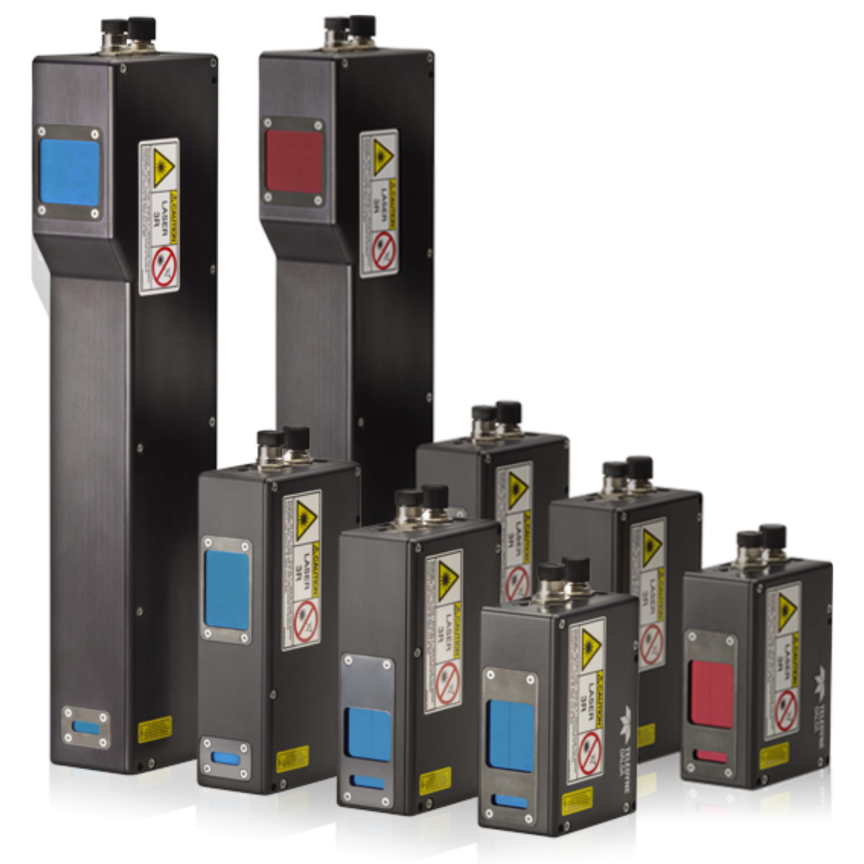CMOSIS, the leading European supplier of advanced CMOS image sensors, will begin sampling low-cost versions of its CMV2000 and CMV4000 imagers in May 2015. The new LCC versions differentiate from their CMV equivalents by their packaging, being LCC (Leadless Ceramic Carrier) instead of µPGA. With these low-cost versions of the CMV2000 and CMV4000 devices CMOSIS is extending its state-of-the-art product offerings to high-volume markets. They will be presented for the first time at Vision China Shanghai 2015 on March 16, 2015, in Booth 1237.
The new low-cost packaging format enables CMOSIS to offer the CMV2000/ CMV4000 imagers, depending on type and order volume, at about half the price of the current µPGA versions, for volumes over 5000 pcs/year.
Besides being lower priced, the LCC-type package offers the additional benefit of surface mount processing, allowing more compact cameras designs and economical camera assembly. The LCC versions'
electro-optical performance, speed and defect quality are identical to the corresponding µPGA devices. The CMV2000 LCC version has been in production as a custom device for more than a year and several tens of thousands devices have shipped.
"We are delighted to explore new and highly attractive market segments for our proven state-of-the-art CMV product line", said Lou Hermans, Chief Operating Officer of CMOSIS. "The LCC packaging format will open up a host of high-volume applications and further broaden our strong worldwide position and customer base for advanced camera designs."
LCC – Smaller Package with 2.2 or 4.2 MP CMV2000 and CMV4000 are high-sensitivity, pipelined global-shutter CMOS sensors. Their advanced pipelining allows for exposure during read-out, by integrating a new frame while reading out the foregoing frame. The state-of-the-art pixel architecture enables true correlated double sampling (CDS) as pioneered by CMOSIS, thereby significantly reducing fixed pattern noise and dark noise.
Both imagers integrate 16 LVDS channels, each running at 480 Mbps resulting in a frame rate of 340 fps for the CMV2000 and 180 fps for the CMV4000 (10 bit/pixel). Row windowing and subsampling result in a high frame rate at full resolution and 10 bit per pixel. A 12 bit per pixel mode is available at a reduced frame rate. Driving and read-out are programmed via a serial peripheral interface. An internal timing generator produces the signals for read-out and exposure control, while external triggering remains feasiible.
The essential difference between the CMV2000 and CMV4000 sensors is their resolution: The 2.2 Megapixel CMV2000 offers 2048 x 1088 active pixels, whereas the 4.2 MP CMV4000 comes in a larger 2048 x 2048 layout.
Pixel size for both products is 5.5 x 5.5 µm² resulting in a 2/3” optical size for CMV2000 and 1” optical size for CMV4000. NIR versions (E12) with enhanced NIR performance are available targeting security, automotive, night-vision, inspection and distance measurement applications.

